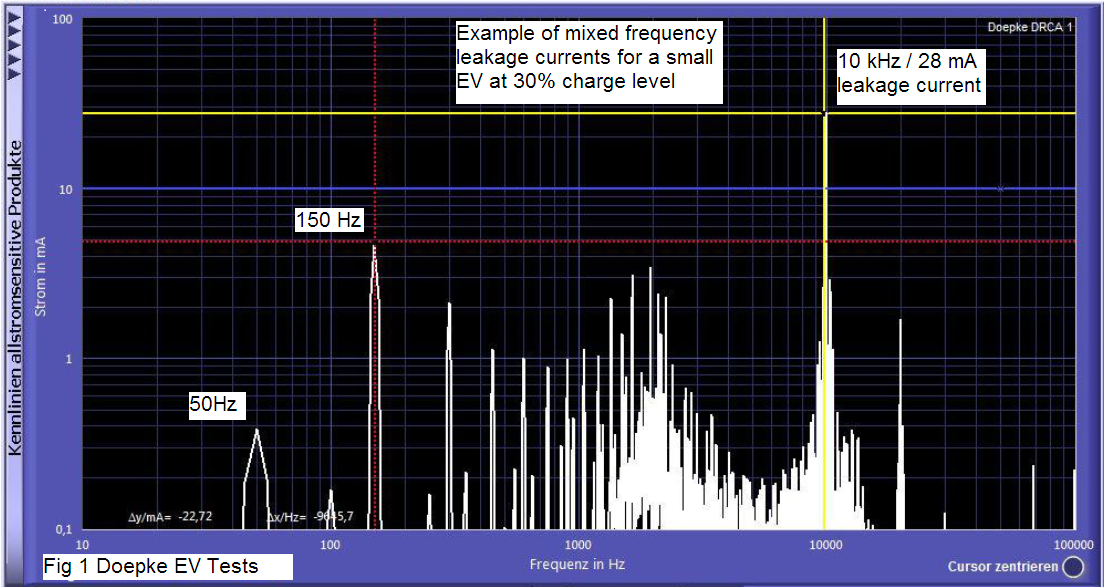sydsparrow
DIY
- Reaction score
- 3
Qualified electrician has installed Zappi car charger outside house. Grid incoming goes to DNO cutout then to SPD then to meter then to henley block then to RCCB then to SWA cable out wall and to charger mounted on outside wall (about 4m length SWA). I just learnt that RCCB gives no overcurrent protection. It is a Lewden jobbie marked 'RCCB 40A'. There is no MCB.
My thinking is there is no overcurrent protection for the SWA cable leaving the building. Is that ok and within regs? Install was a couple of months ago. Photos below - RCCB is inside the grey box with the yellow label on it.
SWA is not metal glanded at either end and the armour is not connected at the house end (it might be at the charger, I haven't looked inside). SWA cable is Doncaster EV-Ultra (so has the ethernet cable). I am interested in whether the SWA armour needs to be a) connected to earth and b) connected at house end or just charger end. Grateful for your thoughts.


My thinking is there is no overcurrent protection for the SWA cable leaving the building. Is that ok and within regs? Install was a couple of months ago. Photos below - RCCB is inside the grey box with the yellow label on it.
SWA is not metal glanded at either end and the armour is not connected at the house end (it might be at the charger, I haven't looked inside). SWA cable is Doncaster EV-Ultra (so has the ethernet cable). I am interested in whether the SWA armour needs to be a) connected to earth and b) connected at house end or just charger end. Grateful for your thoughts.















